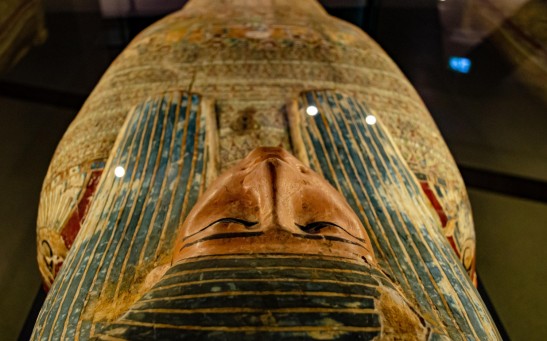vampire

Remains of Female Restrained Vampire Found in Poland's 17th Century Grave

Is Drinking Blood Safe? Vampire Association Warns People Against It, Activity Could Be Detrimental to Health
Weird Looking Romanian Skeleton Unearthed In Transylvania Suspected As The 'Vampire' Myth
Vampires refuse to reveal identity for fear of stereotyping
Vampire Squids Reveal Far More Secrets Below—How These Deep-Sea Dwellers Are Changing The Biology Game
Polish “Vampires” Discovered in Crypts, and They May Have Had Cholera
Vampire-Like Deer Reveals Itself in Time for Halloween
Most Popular

How Technology Is Changing the Real Estate Industry?

Nikolay Karpenko Biography, Photo, Career, Accomplishments

How a Plant-Based Diet Can Protect Against Breast Cancer: Insights from Nutrition Research

The Role of AI in the Next Generation of Logistics: Insights from Tobias Waldhecker






